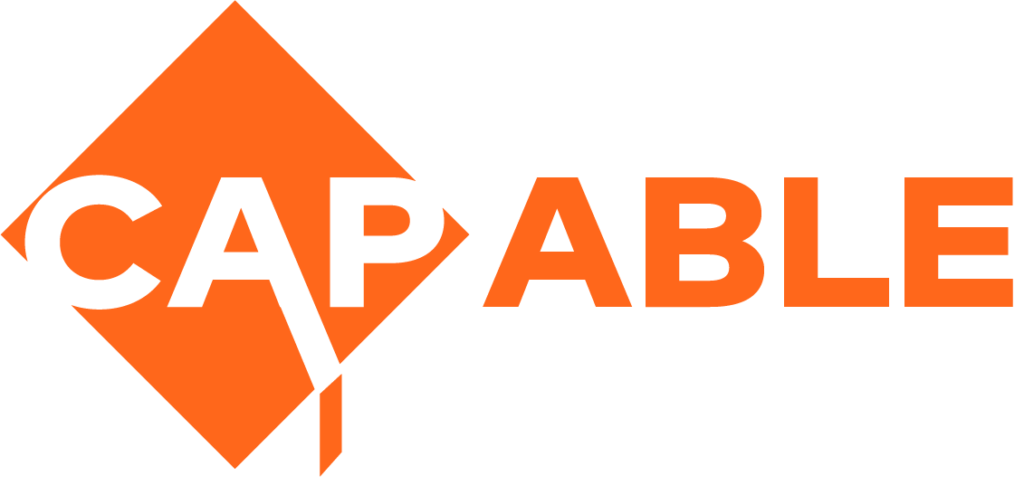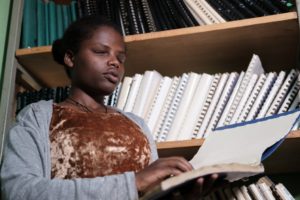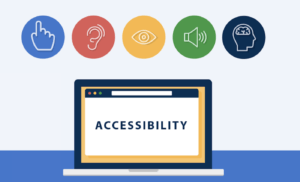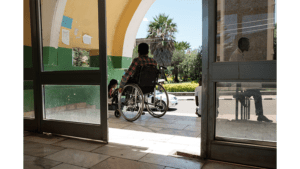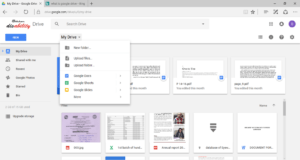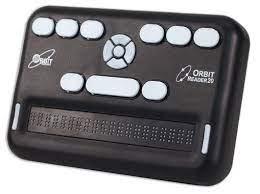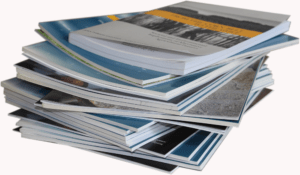
Accessible Academic Publishing
< 1 minute readIn past years students with print disabilities relied on university resource units, non-profit organizations or even volunteers to provide access to their academic texts. Fortunately, this is changing for the better.
